At Windsor Castle, on the morning of Sunday, 1st September 1532 Anne Boleyn received the title of marquis of Pembroke. This was significant for a number of reasons, the first being that no other woman had ever been bestowed with the title, secondly, the earldom of Pembroke had previously been held by Henry’s great-uncle, Jasper Tudor, and so had strong royal connections (Starkey, p.459) and finally the title made Anne the most prestigious non-royal woman in the realm.
With the title came property. Antonia Fraser states that Anne received, ‘five manors in Wales, another in Somerset, two in Essex, and five in Hertfordshire including Hunsdon and Eastwick; these were added to the two manors she already received in 1532 in Middlesex’ (Fraser, p.184).
The ceremony itself was a lavish affair and witnessed by many members of the nobility. It seems likely that Henry conferred the title on Anne as a way of increasing her social status so that her upcoming marriage to the king might be better received but it’s also possible that it was a ‘gift’ to Anne for having waited out the king’s long and painstaking divorce from Catherine of Aragon. The following is an extract from Eric Ives’ The Life and Death of Anne Boleyn (2004):
If she was to meet him now (Francis I) as England’s intended queen, she needed status. This she was given at an impressive ceremony in Windsor Castle on the morning of Sunday, 1st September. There, her hair about shoulders and her ermine-trimmed crimson velvet hardly visible under the jewels, Anne was conducted into the king’s presence by Garter King-at-Arms, with the countesses of Rutland and Derby, and her cousin Mary Howard, the Duke of Richmond’s prospective wife, carrying the crimson velvet mantle and gold coronet of a marquis. Henry was flanked by the dukes of Norfolk and Suffolk and surrounded by the court, with the officers at arms in their tabards and La Pommeraye as a guest of honour. Anne kneeled to the king, while Stephen Gardiner read out a patent conferring on her in her own right and on her offspring the title of marquis of Pembroke. Henry placed on her the mantle and coronet and handed her the patent of nobility, plus another granting lands worth 1000 pounds a year. (Pg.158-159)
Anne then went on to thank the king and withdrew. The king proceeded on to St. George’s Chapel where ‘a most solemn Mass’ was sung and celebrated by Gardiner. Henry and Francis, represented by his ambassador, La Pommeraye, then swore to the terms of the Treaty of Mutual Aid between England and France and announced the plan for the two to meet at Calais.
A Te Deum ended the service, which was followed by a sumptuous banquet at the castle.
Anne Boleyn was now ready for the European stage.
References
Fraser, A. The Six Wives of Henry VIII, 1999.
Ives, E. The Life and Death of Anne Boleyn, 2004.
Starkey, D. Six Wives, 2003.
Patent source- http://www.luminarium.org/encyclopedia/anneboleynpatents.jpg
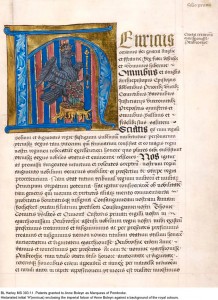







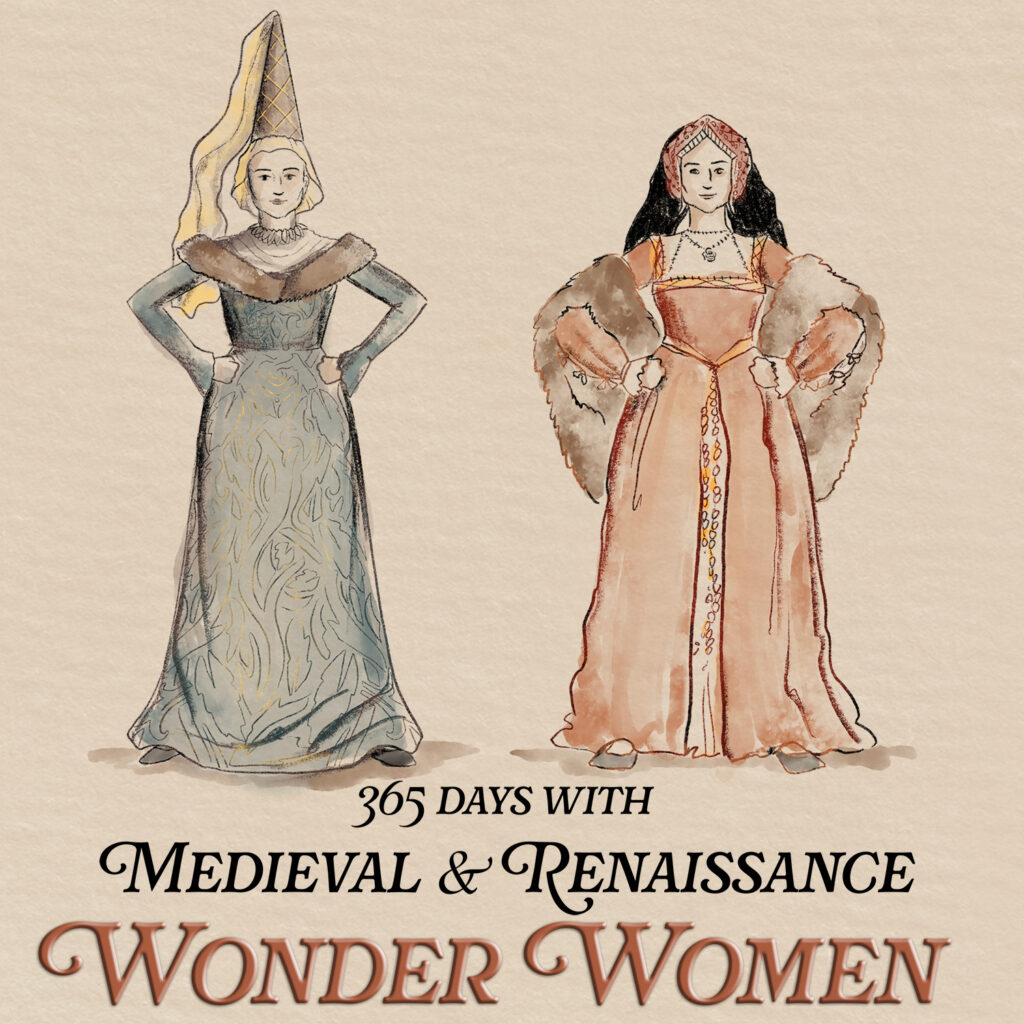

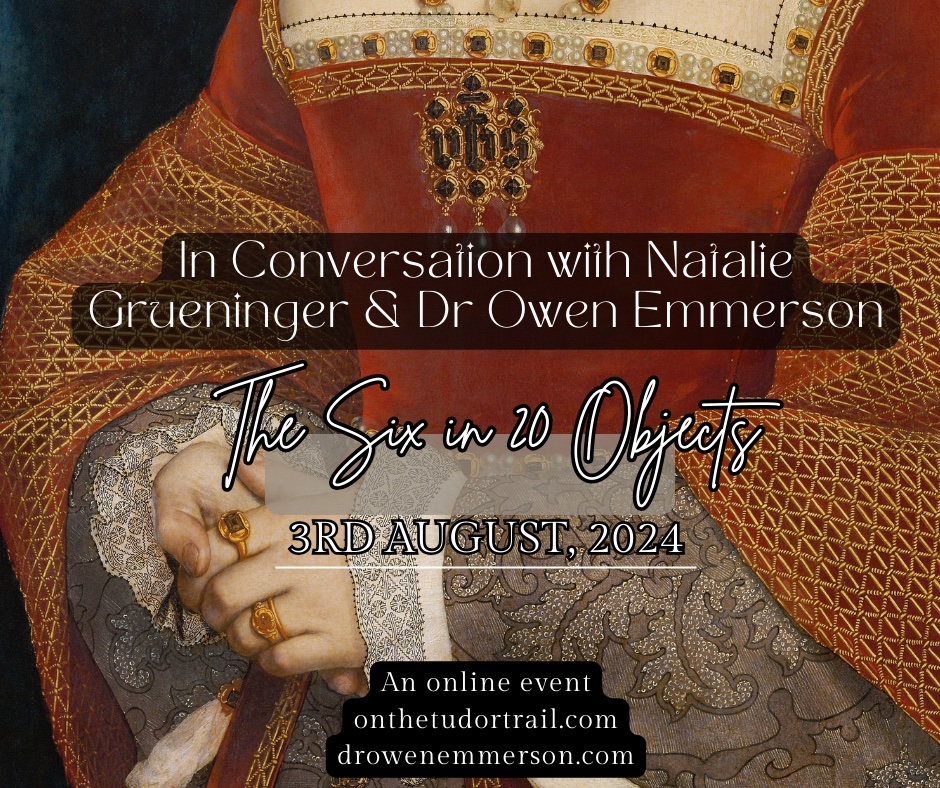



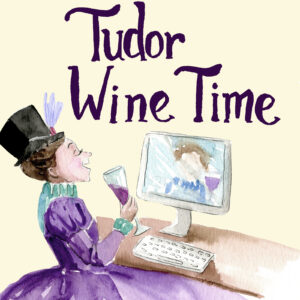




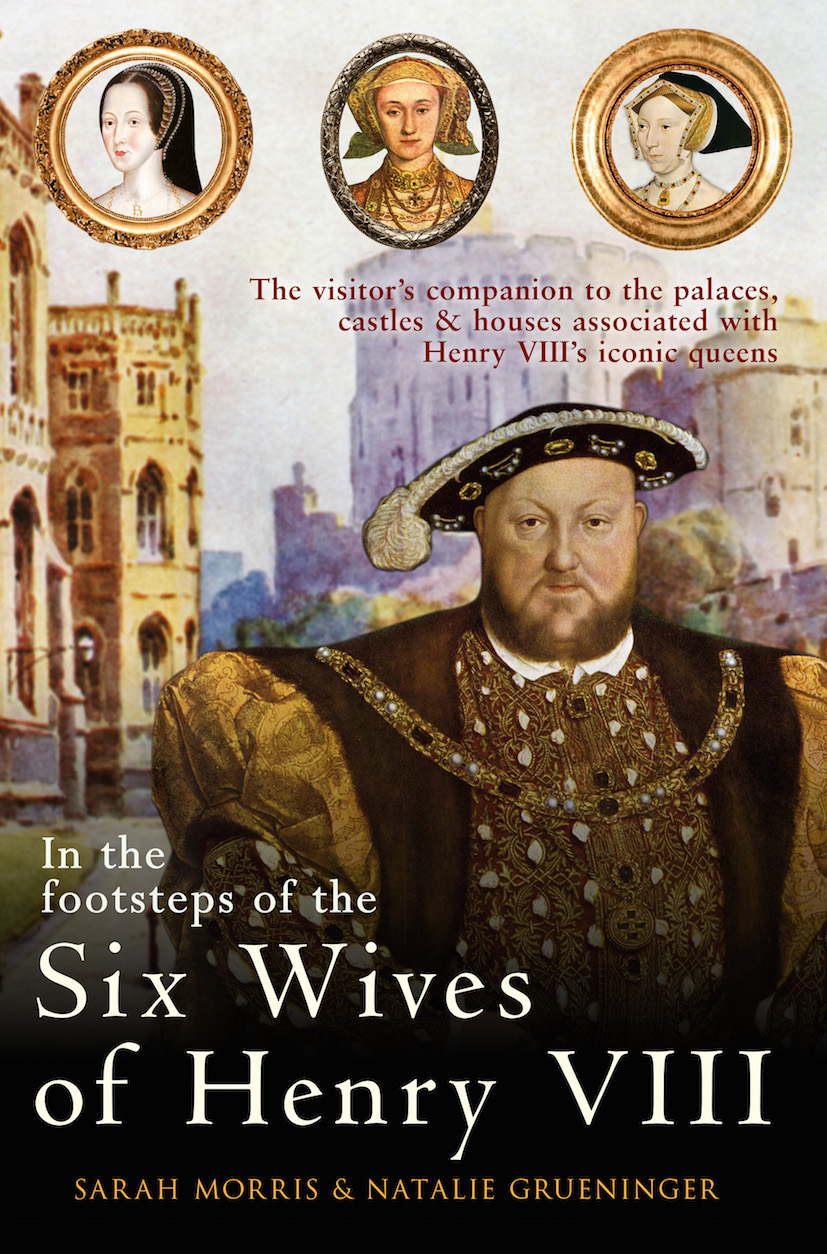
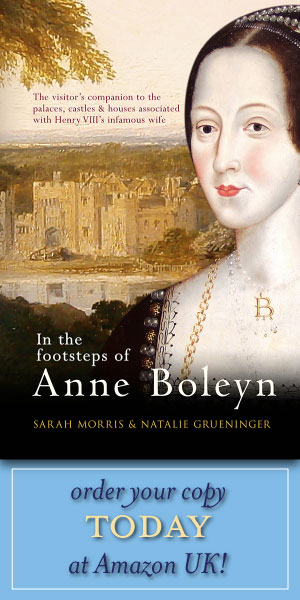


Do you know how I would find the modern translation of this document? I would really love to read it!
Hi Violet, I don’t think that I have ever seen a translation but I will have a look for you. If you find one I would also love to see it 🙂
I am interested in the spelling of Pembroke. I have seen it several ways. Is Pembroke the way it was originally depicted?
No, it used to be Penbrook not sure when it was changed to Pembroke but this is what we were always told being tour guides at the castle! Pen is Welsh for head or the top of something and Brook is norse for an old Fort. It is built on a cliff edge so the position of an old settlement is what gave rise to the name.